|
By Michael A. Thomas, FASID, CAPS 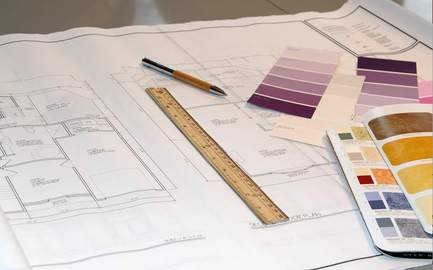 Designing a remodel is a critical process that takes thought and time. Designing a remodel is a critical process that takes thought and time. When I meet potential clients contemplating a remodel of their home or workplace, there is one common element that every one shares: Fear. For some people, it may be a fear of having to live in the absolute chaos that comes with such endeavors. It may be the fear of the cost of the work getting out of hand. It might be finding out that the contractor you hired isn’t capable of managing the process. It is not always easy to put those fears totally to rest. However there are certain actions that can help alleviate some of the distress, the anxiety and yes, some of the fear. Those actions can be put into context by several things that you should never do when approaching a remodel. Check out the 6 things you shouldn't do when you are contemplating a remodel. #1 Don’t be too anxious just because you are ready to make it all happen.
#2 Don’t rush into signing up the first contractor you meet.  First of all there are plenty of “Joes and Janes” with a pickup, toolbox and a hungry dog that will be glad to take your money. Some licensed, insured and bonded, some not. Don’t accept substitutions in the bidding process. It will add to the confusion when it comes time to comparing dollars. Slow down and do your research. Require a minimum of three references, call them and ask this one question, “Would you hire Joe or Jane again?” Ask to see projects they have done – in person. Contact the city offices to ensure they are licensed to perform such work in your area. Ask that copies of licenses, insurance and workmen’s compensation certificate are a part of the bid package. Compare estimates based on red apples to red apples and then consider your affinity towards one contractor over the others. #3 Don’t start without realistic expectations and a well researched budget.
The objective here is to establish realistic numbers. Take all the highest numbers then reduce that by 15%. That smaller number sets a budget; the 15% is to help cover the unexpected expenses. Use the lower set of numbers should you need to scale back the work. This is not a perfect science but it will provide a frame of reference on which to base your decisions. Make decisions based on value and quality, not just price. And remember this one bit of advice: The number one way to watch the cost of your remodeling project is product choices. Determine what you want to live with and then what you can live with that won’t sacrifice the outcomes and remember to make those decisions up front. #4 Don’t start until you have all the components in hand. 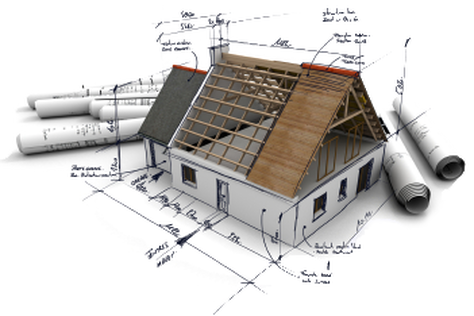 Once you make a decision to “just do it,” you want to see progress. But first things are first. Delays in projects we’ve seen are frequently due to slower-than-expected delivery dates for appliances, plumbing fixtures, even simple things like door hardware. When days and then weeks creep without progress, no one is going to be happy. Go through the design process first and choose and decide on everything in advance. This will define your budget and prevent hasty (and costly) decisions later in the project. Be sure to include all your product and material selections in the contract to avoid confusion and unnecessary change orders. Then make sure that every single item is sitting somewhere ready for the contractor to install prior to demolition. #5 Don’t take a back seat and leave it all to the experts to get it done.
# 6 Don’t call your neighbor, ask the handyman or get help at the hardware store. 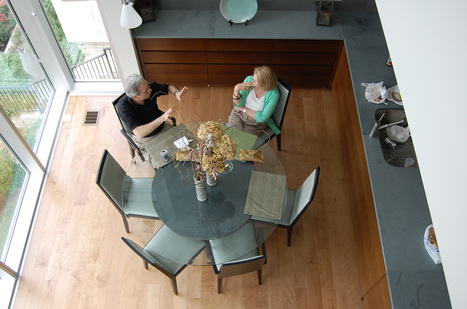 Understanding the client's needs is critical to a project's success. Understanding the client's needs is critical to a project's success. Mistakes, indecisions and delays can lead to confusion and more costs. Choose the experience of an interior design professional as your guidance counselor. It can prove to be beneficial to have an expert on your side, especially one who has dealt with the remodel process to help during those critical decision-making times. Think of hiring a professional designer as you would any accountant, physician or attorney. These experts are capable by their experience, education and examination to assist with making the right choices and proper selections and can become your advocate during disagreements. And if you’re still fearful, then you’re next step is to make a call to us. A “get-to-know-you” on-site visit is complimentary if you are in the Coachella Valley. We also work with many outside of our location in Palm Springs using the Internet, in fact as far away as New York, Chicago, Vancouver and Seattle. These days it is quite easy to help most clients with their projects, communicating with computer aided drawings, digital photos and video tools like Skype and FaceTime. For more information or to schedule an appointment, here is our contact info ..... VOICE: 760-322-3784 Extension 2# or / To drop us an email here... CLICK HERE Michael A. Thomas, FASID, CAPS is a nationally recognized interior designer, author and educator with more than 30 years in the profession. He is a Certified Aging In Place Specialist, the co-author of "Residential Design For Aging In Place" and a former National President of ASID. His work has been published and quoted in various media including Palm Springs Life, Houston Chronicle, Florida Home + Garden, Miami Herald, Dwell Magazine and extensively profiled in Interiors + Source magazine. He currently serves as the President of the Design Alliance for Accessible Sustainable Environments. From an office and studio in downtown Palm Springs, CA, his remodeling and new construction projects extend from southern California to Florida, from New York to Vancouver. Currently he is completing the design for the historic rehabilitation for the original Palm Springs library built in 1941, the Welwood Murray Memorial Library.
6 Comments
Janice Levy
7/13/2014 12:13:16 am
Michael, Great ideas but I can think of even more,... like never hire your best friend to be your contractor because you'll loose both your friend AND your contractor. And never ever do a project without getting a written and detailed letter of agreement that clearly shows who is responsible. And finally, never try to contract all the work out yourself and act like you are the general contractor unless you want to give up your job and life and do this for a living. ( speaking from experience. )
Reply
Michael Thomas
7/13/2014 12:23:49 am
Janice... thanks for the additional advice and comments. As an interior designer, I've seen plenty of "train wreck" contractors and actually have had to help a couple of clients sort thru the messes left behind. It isn't fun. And even if you've researched contractors and gotten references, things can still go off-track. • That's why we advocate to plan it all out on paper and get everyone on the same page: the client, contractor + designer .... to ensure that outcomes are as planned and there is less opportunity for those unexpected surprises.
Reply
Janice Morely
7/28/2014 01:18:40 am
Michael, I really appreciate this advice, especially from an interior designer like you. I would tell you that another piece of the puzzle is to have not only a budget put together but a bit of money set aside for unexpected expenses. Every time I have remodeled, there is always something that crops up and it is nice not to have to worry about where the money will come from.
Reply
Michael A Thomas
7/28/2014 01:24:37 am
Thanks Janice #2. The budget for remodeling should be established at the beginning, tweaked as the final decisions are made but before you get into the actual remodeling process. • As to a contingency fee,.. I explain to my interior design clients that how much a contingency amount is about how extensive the project will be, how old the structure is and the level of fit and finish expected by the client. But suffice to say, a minimum of 12% to 15% should be set aside for all those things that as you say crop up. Thanks for your comments.
Reply
Jonathan + Beverly
7/29/2014 01:24:52 am
We are getting ready to remodel a home we bought. We enjoyed what advice you offered here and wanted to know how we could work with you on this project. It is not a big home but we hope to make it our retirement abode. BTW: We are in Chicago and we know you are in Palm Springs but we visit your city every season.
Reply
Michael A Thomas
7/29/2014 01:38:23 am
Jonathan and Beverly,... thanks for the comments. In this day and age of the Internet, we find we can work easily just about any place that has the Internet... including Chicago. ;-)
Reply
Leave a Reply. |
Michael is an award winning interior designer based in Palm Desert, CA. He is a Professional Member of the American Society of Interior Designers and a member of the ASID College of Fellows.
As a Certified Aging In Place Specialist, he creates smart looking spaces that are safe and secure and create homes for a lifetime. And with thirty plus years in the profession, he has honed his humor, elevated his passion for design and sharpened his wit to not take anything too seriously except his design work. Archives
February 2023
Categories
All
|
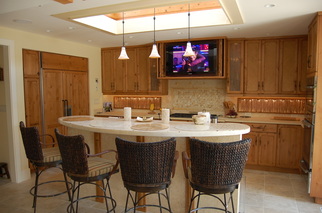
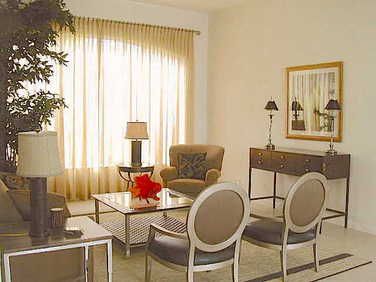
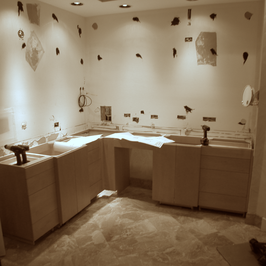
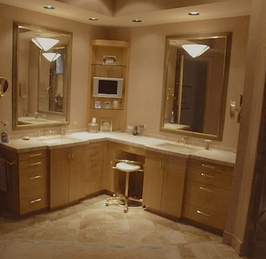


 RSS Feed
RSS Feed